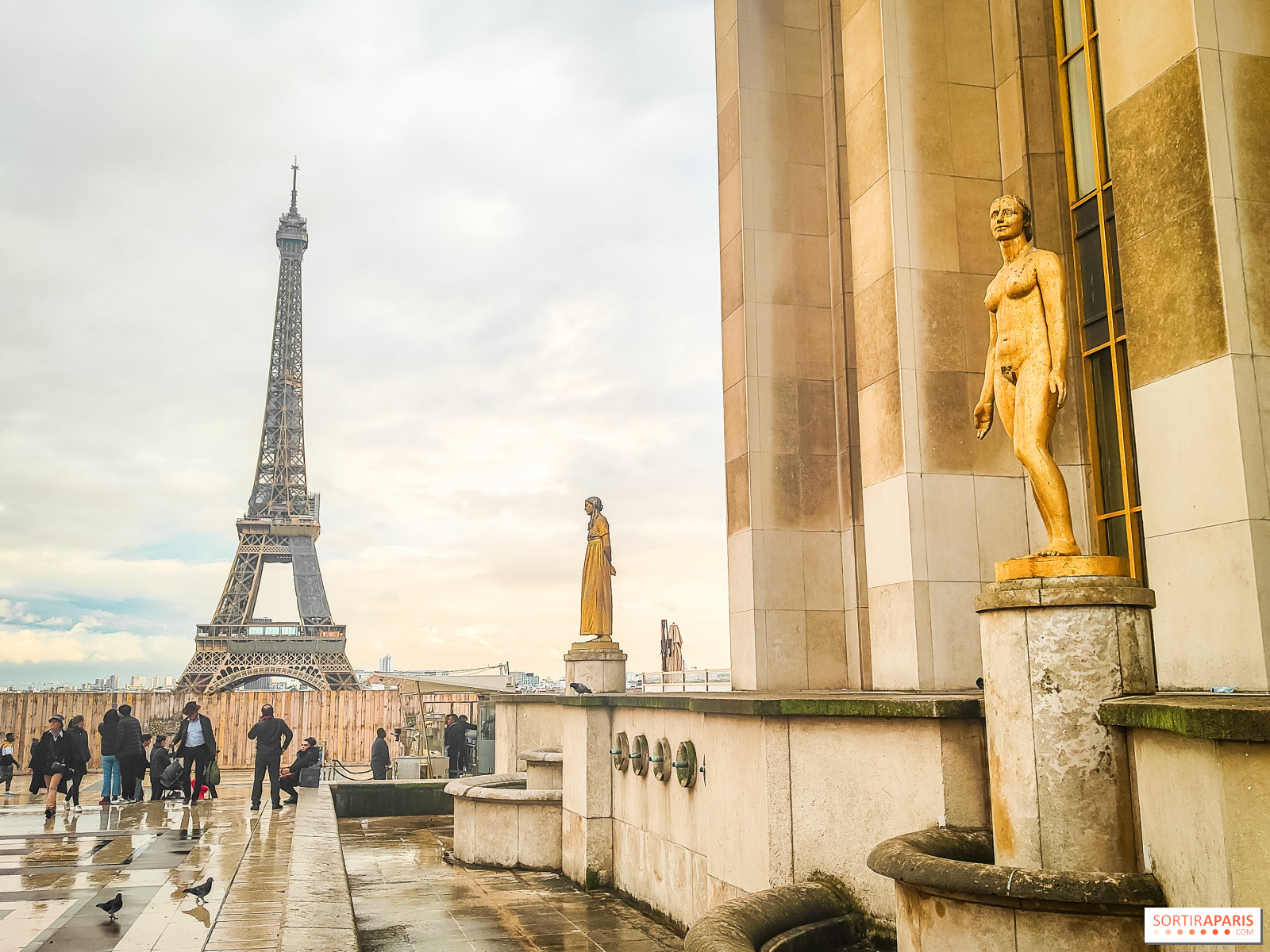Hello fellow colleagues,
happy new year 2023, and above all health.
Before we continue with the yards with fresh energy and motivation, I would like to clarify one more question about the ship's compass.
ship compass
There is a cylindrical part on the back of the La Créole compass housing, which I recently discovered in one of the high-resolution images from the Musée national de Marine Paris.
View attachment 349288
Source: Musée national de Marine Paris
This part can be seen even better on a photograph of the steering gear of a contemporary model from the Paris Museum (compass is unfortunately missing).
View attachment 349289
Source: Musée national de Marine Paris
I would like to add this part to my model and find out more about its function.
Based on what I've learned so far, I see two possibilities:
- It could be a so-called flinders bar (soft iron corrector), which reduces the influence of the compass needle on iron parts;
- or to a lighting.
However, the fact that it is a wooden ship speaks against the flinders bar. Only the guns could have a corresponding impact on the compass needle.
Basically, these brass binnacles of the compasses were illuminated with oil lamps, which were also cylindrical and designed with a round attachment (ventilation). From what I saw on the internet, for example, these cylindrical parts were located directly on top of the housing and were usually attached on both sides.
Therefore, I see this part in its function as a soft iron corrector, or is there another explanation?
I would be very grateful for your help with this. It would be nice if I could get more information on this.
























